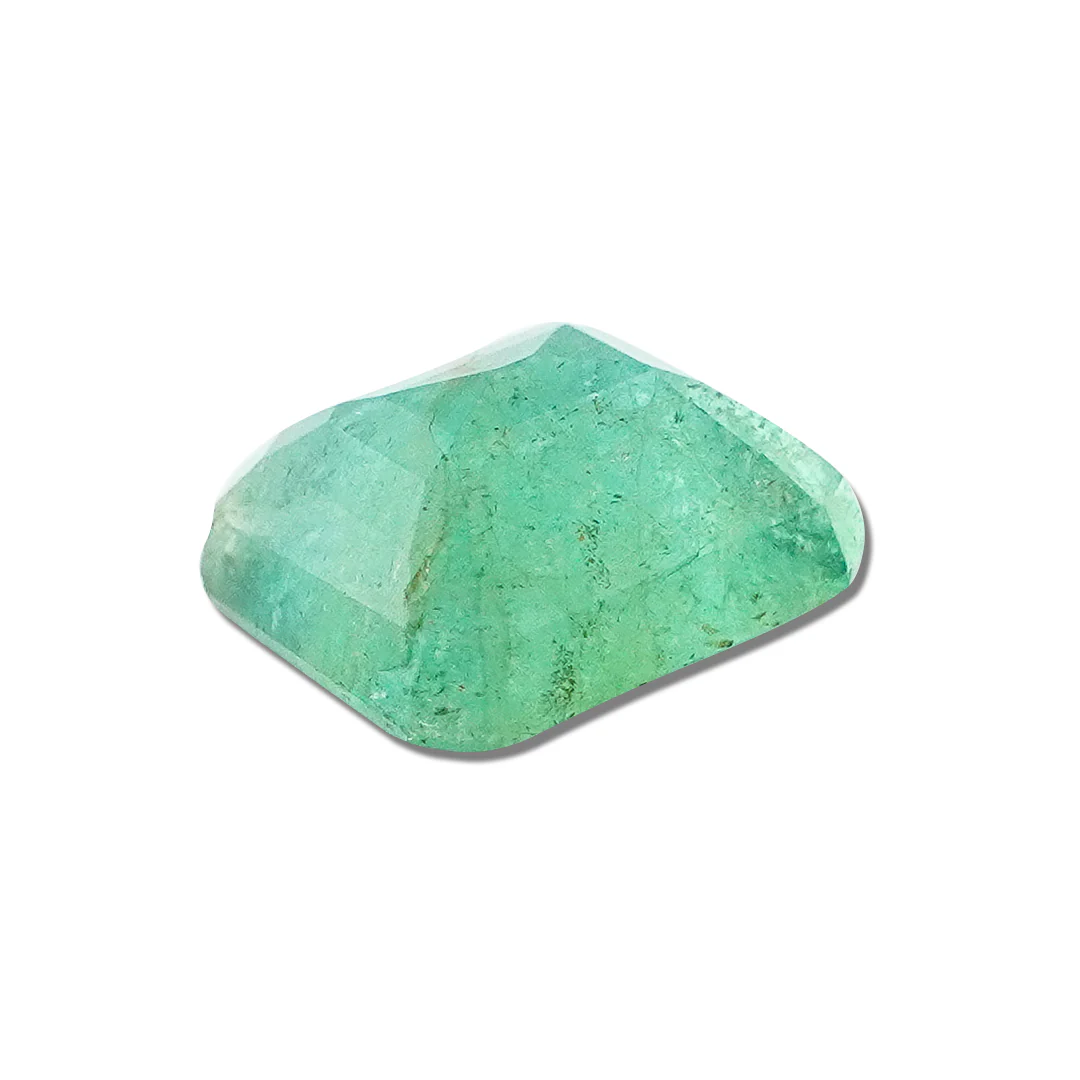Introduction to Shiva Rudrabhishek:
Shiva Rudrabhishek is a profound and sacred ritual in Hinduism, dedicated to honoring Lord Shiva, one of the principal deities in the Hindu pantheon. This ancient practice holds immense significance for devotees seeking spiritual growth, inner peace, and divine blessings. In this comprehensive guide, we’ll explore the depths of Shiva Rudrabhishek, its historical roots, and its relevance in modern times.
Lord Shiva, often referred to as the Destroyer in the Hindu Trinity, embodies transformation, renewal, and ultimate reality. The Rudrabhishek ritual is a powerful means to connect with Shiva’s divine energy, seeking his blessings and protection. This practice is believed to purify the soul, remove obstacles, and bring about positive changes in one’s life.
Historical and Scriptural Background
Origins in Vedic Texts
The roots of Shiva Rudrabhishek can be traced back to ancient Vedic texts, particularly the Rigveda and Yajurveda. In these scriptures, Lord Shiva is often referred to as Rudra, the fierce and powerful aspect of the divine. The Yajurveda contains the Sri Rudram, a hymn dedicated to Rudra, which forms an integral part of the Rudrabhishek ritual.
Mythological Stories
Hindu mythology is rich with stories that highlight the importance of Rudrabhishek. One such tale involves Lord Rama, the protagonist of the epic Ramayana. Before his final battle with the demon king Ravana, Lord Rama performed Rudrabhishek to seek Lord Shiva’s blessings. This act is believed to have played a crucial role in his victory.
Another story tells of the Devas (celestial beings) performing Rudrabhishek to please Lord Shiva and gain his help in churning the cosmic ocean. These mythological accounts underscore the ritual’s power in overcoming challenges and achieving seemingly impossible tasks.
Shiva as Rudra
The term “Rudra” means “the roarer” or “the howler,” representing the fierce and destructive aspect of Shiva. Rudrabhishek is seen as a way to appease this formidable form of the deity, transforming his potentially destructive energy into a benevolent force. By performing this ritual, devotees seek to harness Shiva’s power for positive transformation in their lives.
Components of Shiv Rudrabhishek
Sacred Materials and Offerings
Shiva Rudrabhishek involves the use of various sacred materials, each holding symbolic significance. The essential items include:
- Water: Symbolizing purity and life
- Milk: Representing nourishment and devotion
- Honey: Signifying sweetness and unity
- Ghee (clarified butter): Denoting spiritual illumination
- Sugar: Symbolizing the sweetness of devotion
- Curd: Representing prosperity and fertility
- Bilva leaves: Sacred to Lord Shiva, symbolizing the three gunas (qualities of nature)
Other offerings may include sandalwood paste, flowers, and incense, depending on the specific tradition or personal preference.
Chanting and Mantras
The recitation of sacred mantras forms a crucial part of the Rudrabhishek ritual. The two primary hymns chanted during this ceremony are:
- Namakam: Also known as the Sri Rudram, this hymn praises the various aspects of Lord Shiva.
- Chamakam: This hymn is a prayer for blessings and fulfillment of desires.
These mantras are typically chanted in Sanskrit, though many devotees also recite them in their native languages. The vibrations created by these chants are believed to invoke the divine presence and energy of Lord Shiva.
Puja Setup
The proper setup for Shiva Rudrabhishek includes:
- A Shiva Lingam: The abstract representation of Lord Shiva, usually made of stone
- A copper or brass vessel (kalash) filled with water
- A tray or plate to hold the offerings
- Lamps for aarti (ritual of light)
- A clean, sacred space for performing the ritual
It’s important to create a serene and respectful environment for the ceremony, whether it’s conducted at home or in a temple.
Procedure of Shiv Rudrabhishek
Preparatory Steps
Before beginning the main ritual, several preparatory steps should be taken:
- Purification: The devotee should take a bath and wear clean clothes.
- Sankalp (Intention): Declare the purpose of performing the Rudrabhishek and seek blessings.
- Meditation: Spend a few moments in quiet meditation to focus the mind.
Main Ritual
The main Rudrabhishek procedure involves the following steps:
- Invoke Lord Ganesha: Begin by praying to Lord Ganesha to remove obstacles.
- Prana Pratishtha: Invoke the presence of Lord Shiva in the Lingam.
- Offering water: Pour water over the Shiva Lingam while chanting mantras.
- Abhishekam: Bathe the Lingam with the sacred offerings (milk, honey, etc.) in a specific order.
- Bilva leaf offering: Place Bilva leaves on the Lingam.
- Rudra Mantras: Chant the Namakam and Chamakam.
- Aarti: Perform the ritual of light, waving a lamp before the Lingam.
Concluding Rituals
To conclude the Rudrabhishek:
- Offer final prayers and seek blessings.
- Distribute prasad (sacred food) to those present.
- Meditate on the experience and internalize the blessings received.
Significance and Benefits of Shiv Rudrabhishek
Spiritual Benefits
Shiva Rudrabhishek is believed to offer numerous spiritual benefits:
- Spiritual purification and cleansing of karma
- Enhanced connection with the divine
- Development of inner peace and tranquility
- Increased spiritual awareness and consciousness
Material Benefits
Many devotees perform Rudrabhishek seeking material blessings:
- Removal of obstacles in life
- Improved financial prosperity
- Fulfillment of desires and wishes
- Success in endeavors
Health and Well-being
The ritual is also associated with promoting physical and mental well-being:
- Stress relief and mental clarity
- Improved overall health
- Protection from negative energies
- Balancing of mind, body, and spirit
Different Types of Rudrabhishek
Basic Rudrabhishek
This is the most common form of the ritual, typically performed at home or in smaller temples. It involves the essential elements of the ceremony and can be completed in a shorter time frame.
Maha Rudrabhishek
Maha Rudrabhishek is a more elaborate and extensive version of the ritual. It often involves:
- Multiple priests chanting mantras
- A wider array of offerings
- Longer duration, sometimes lasting several hours
- Performed on special occasions or for significant purposes
Laghu Rudrabhishek
Laghu Rudrabhishek is a condensed version of the ritual, often performed for specific purposes:
- Shorter duration, suitable for busy schedules
- Focused on particular aspects like health or prosperity
- Can be performed more frequently
When and Where to Perform Shiv Rudrabhishek
Auspicious Days and Times
While Shiva Rudrabhishek can be performed on any day, certain times are considered especially auspicious:
- Mondays, dedicated to Lord Shiva
- During the month of Shravan (July-August)
- On Mahashivaratri, the great night of Shiva
- During solar and lunar eclipses
- On one’s birthday or important life events
Ideal Locations
Rudrabhishek can be performed in various settings:
- Home altars dedicated to Lord Shiva
- Shiva temples, especially those with ancient Lingams
- Sacred sites associated with Lord Shiva, such as Kedarnath or Kashi Vishwanath
- Natural settings like riverbanks or mountains, which are connected to Shiva in Hindu tradition
Conclusion
Shiva Rudrabhishek is a powerful and transformative ritual that connects devotees with the divine energy of Lord Shiva. Whether performed for spiritual growth, material blessings, or overall well-being, this ancient practice continues to hold profound significance in the lives of millions.
By understanding the historical context, components, and procedure of Rudrabhishek, individuals can deepen their connection with Lord Shiva and experience the multifaceted benefits of this sacred ritual. Whether you choose to participate in a grand Maha Rudrabhishek or perform a simple version at home, the essence of devotion and spiritual connection remains at the heart of this timeless practice.
As you explore the world of Shiva Rudrabhishek, remember that the true power of the ritual lies not just in the external actions, but in the sincerity of your devotion and the purity of your intentions. May the blessings of Lord Shiva guide you on your spiritual journey and bring harmony to all aspects of your life.






























